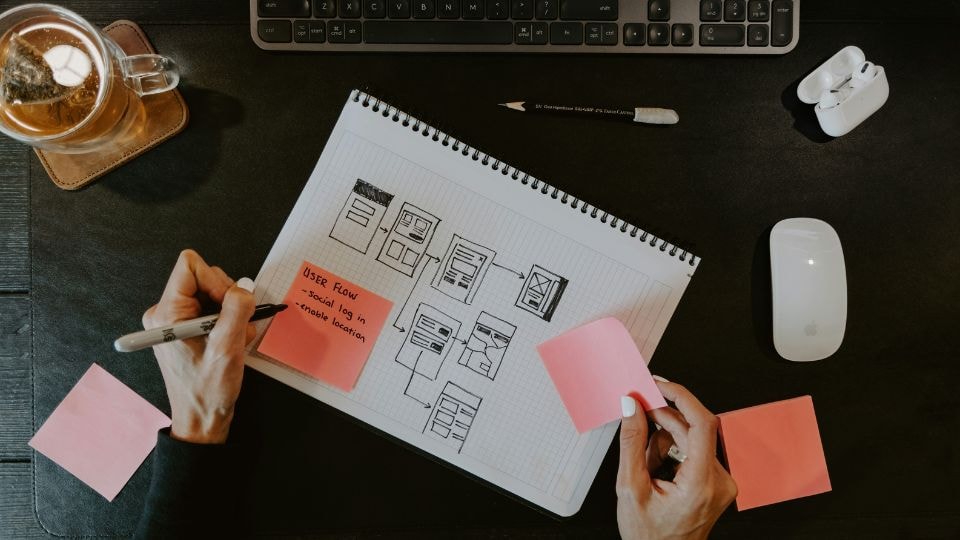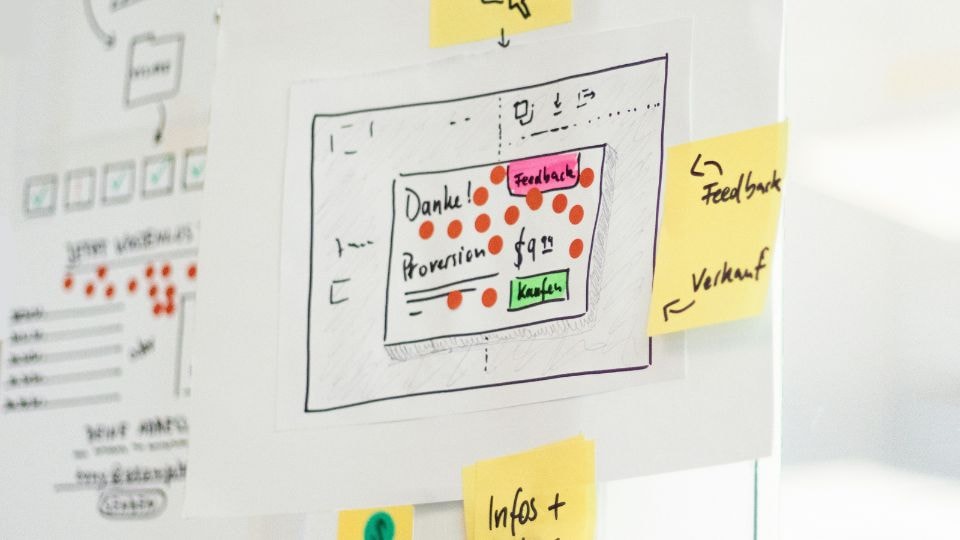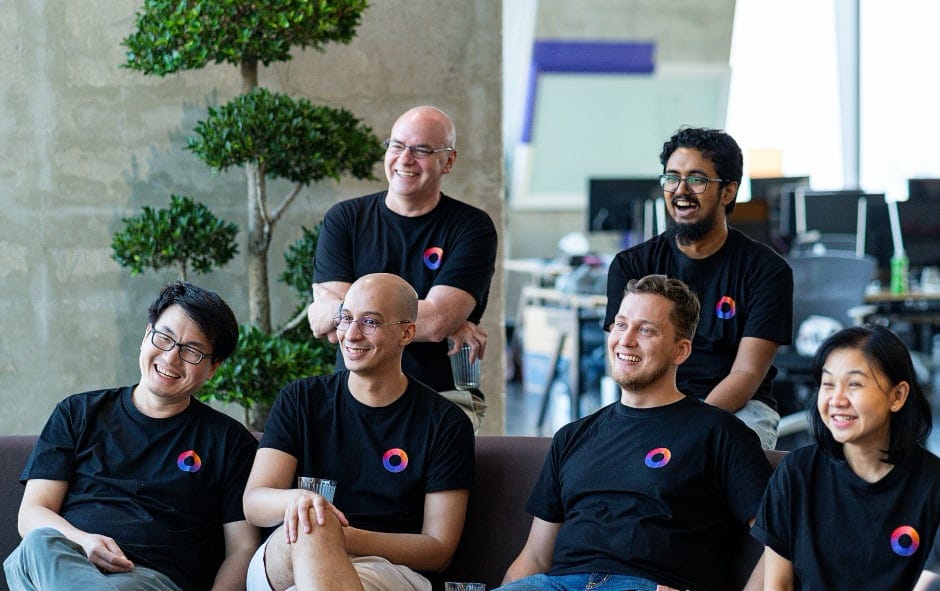
Rapid prototyping has become an essential part of the app design and development process. It allows designers to quickly create and test new ideas, features, and designs, without investing too much time or resources. By integrating rapid prototyping into the design and development process, designers can efficiently and effectively create prototypes within the overall design framework. In this article, we will explore what rapid prototyping in apps means, and how it can benefit app designers, developers, and businesses.
At its core, rapid prototyping is a method of creating a functional prototype of an app or feature in a short amount of time. This prototype is not meant to be a final product, but rather a test version that can be used to gather feedback and make improvements. Rapid prototyping can involve creating wireframes, mockups, or even fully functional prototypes, depending on the needs of the project.
Rapid prototyping is beneficial for app designers because it allows them to test and iterate on ideas quickly, before passing the design to the software engineers to develop the application. For businesses, rapid prototyping can help to reduce design and development costs and time-to-market, while also improving the quality of the final product.
Understanding Rapid Prototyping
We know that creating an app from scratch can be a daunting task. However, with the concept of rapid prototyping, which is an iterative process, we can simplify the design and development process and create a functional app in a shorter amount of time.

Concept of Rapid Prototyping
Rapid prototyping is an iterative design process that involves creating a basic version of the app to test its functionality and user experience. It allows us to quickly identify any issues and make necessary changes before investing more time and resources into the development process. Rapid prototyping differs from traditional software development by emphasizing the quick creation of a functional prototype to test and refine design and functionality, contrasting with the more structured and linear process of traditional software development.
During the rapid prototyping stage, we focus on creating a basic layout and functionality of the app. This allows us to test the app’s usability and gather feedback from users. We can then use this feedback to improve the app’s design and functionality.
Benefits of Rapid Prototyping
Rapid prototyping offers several benefits to the development process. It allows us to:
- Identify any issues with the app's functionality and design early on in the development process. This saves time and resources that would have been spent on developing a flawed app.
- Gather feedback from users early on. This feedback can be used to improve the app's design and functionality, ensuring that the final product meets the needs of its users.
- Create a functional app in a shorter amount of time. This is because we focus on creating a basic version of the app, rather than spending time on advanced features that may not be necessary.
The Rapid Prototyping Process
At its core, rapid prototyping is a process that allows us to quickly and efficiently create functional prototypes of our app ideas throughout the product development process. This process involves several stages, each of which is crucial to the success of the final product.
Stages of Rapid Prototyping
The process of rapid prototyping for mobile applications typically involves the following steps:
1. Ideation and brainstorming to generate app ideas
The first stage of rapid prototyping is brainstorming. During this stage, we generate ideas and concepts for our app, considering factors such as user needs, market trends, and technological capabilities. We then narrow down our ideas to a few key concepts that we believe have the most potential.
2. Creating wireframes and mockups to visualize the app design
Once we have our concepts, we move on to the design stage. Here, we create low-fidelity prototypes of our app, using wireframes and basic design elements to test out our ideas and see how they might work in practice.

3. Testing and refining the design through user feedback and iteration
We utilize various prototyping tools to aid in this process, allowing us to quickly iterate on these designs, making adjustments and improvements until we have a design that we are happy with.
4. Creating interactive prototypes to simulate app functionality and user experience
From there, we move on to the creation of high-fidelity prototypes. These prototypes are much more detailed and advanced, incorporating more complex design elements and interactive features.
5. Testing and refining the prototype until it accurately represents the final product
We use high-fidelity prototypes to test out our app in a more realistic setting, seeing how users might interact with it and identifying any issues that need to be addressed.
Finally, we move on to the development stage, where we create the final version of our app. This stage involves programming and rigorous testing to ensure the app is functional and user-friendly.
Rapid Prototyping Tools and Technologies
When it comes to rapid prototyping in apps, there are a variety of prototyping software options available. These tools allow us to quickly create and test out different design concepts before committing to a final product. One of the most popular prototyping software options is Figma which is a cloud-based design tool that allows for collaborative prototyping and design.
Each of the tools has its unique features and benefits, so it’s important to choose the one that best fits your needs. A rapid prototyping tool typically offers a rich library of relevant prototyping templates, clean and intuitive UI, integrations with other design and collaboration tools, and the ability to swiftly create functional prototypes for digital or physical products. Using such tools can lead to faster design iterations, reduced time-to-market, and the ability to gather user feedback early in the development process.
Integrating User Feedback
As we develop rapid prototypes for our apps, it’s important to keep the end users in mind through usability testing. Integrating user feedback is a crucial step in the process, as it helps us to create web and mobile apps that meet the needs and expectations of our users. Let's see how OOZOU integrates user feedback into our app design process, so we deliver apps that customers love to our clients.

Testing with Users
Before we release a new app or even a feature, we conduct user testing to get feedback on the design and functionality. We invite a group of users to test the app and observe how they interact with it. We ask them to complete specific tasks and note any issues they encounter. We also ask for their general impressions of the app, including what they like and what they don't like.
During the testing phase, we take note of any issues that arise and make adjustments to the app accordingly. We may also ask follow-up questions to get a better understanding of the user's experience. This feedback is invaluable, as it helps us to identify areas where the app can be improved and ensure that it meets the needs of our users.
Incorporating Feedback
Once we have gathered user feedback, we incorporate it into our design process. We prioritize the feedback based on its impact on the app's overall functionality and design. We then make the necessary changes to the app and conduct additional testing to ensure that the changes have improved the user experience.
In addition to making changes based on user feedback, we also use it to inform future development. By understanding what users like and don't like about the app, we can make informed decisions about new features and improvements. This helps us to create apps that are tailored to the needs and preferences of our users.
Not sure where to start? Let OOZOU help you transform your vision into a viable product with our rapid prototyping services.
